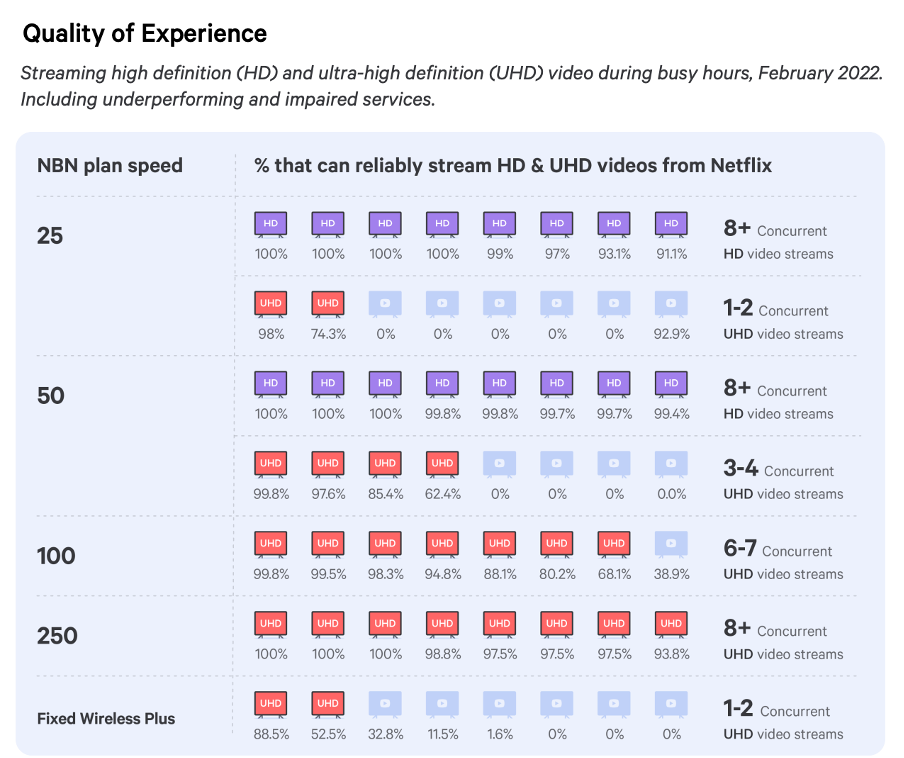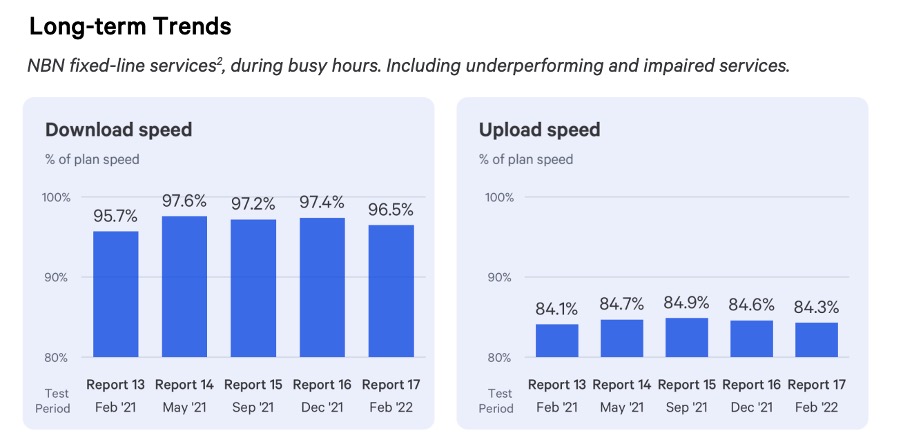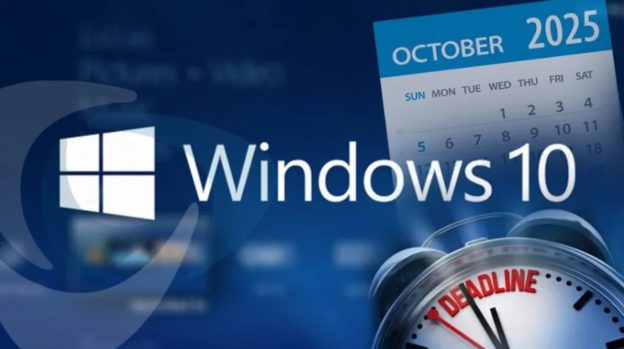Working from Home? Remoting into the office just slowed down by 50%!
Lately there have been complaints from consumers about the slow upload speed issue occurring in Australia as they have halved the official speeds of some carriers. In some cases the upload speed has gone from 40 Mbps to 20 Mbps, that’s a 50% reduction in the speed. Apparently, ISP providers are decreasing the max upload speed for current customers to ensure the increasing costs are not to be passed to customers to avoid pricing increases due to the apparent rising costs to supply NBN services across the industry.
With this new decrease to max upload speed, Australian consumers would experience no changes in their everyday downloading and streaming use. Still, it might have unwarranted effects on some people who rely on the Internet heavily, such as WFH “Work From Home” workers, large families, and content creators.
With this guide, you will benefit greatly from understanding what upload speeds are and how it works.
What is upload speed?
Upload speed is used when you want to send information from your laptop or device to another location via the Internet. It could be:
- Post a video on the social media platform
- Send a photo to your family member via Skype
- Type a search term into Google
- Click the link to view the website
- Storing your files and photos on the cloud services, e.g. iCloud Plus or Dropbox, or Google Drive
- Use VPN to access the work computer remotely
- Participate in a video conferencing meeting
These tasks would require the information retrieved from the server to appear on our devices which are actioned on the upload speed.
Why does the upload speed matter?
For most households, the download speed is generally more important and valuable than the upload speed. We tend to download more things than upload, such as scroll up the Facebook feed, load the website you are viewing and even read a news article. However, some people heavily rely on upload speed, such as WFH workers, video creators, technicians, and many more. It could be problematic for these people with low upload speeds that they would wait hours to upload the big file to the server, or your Zoom would lag.
Many ISPs often put the download speeds in the spotlight for their offered plans on their websites that it does not show detailed information about the upload speeds, which is considered equally important to the download speeds. Your plan would show the upload speed, which is the maximum upload speed, but in the reality, the actual speeds rarely met the targeted number due to might be slower and could vary due to various reasons – location, technology use and internet traffic demands.
The purpose of this report produced by the Australian Competition and Consumer Commission (ACCC) was to measure internet performance in Australia and found that the maximum speeds fell shortly with the target of 80-85% in Feb 2022.



People on 100NBN plans could experience the 20mbps or 40mbps upload speed which is acceptable but could create potential confusion for users about the expectation of the upload speeds.
ACCC has become concerned about the lack of advertisement of upload speeds for NBNs and non-NBN services in Australia. They are currently reviewing the marketing guidelines for ISPs to advertise their upload speeds to the public. This move aims to help remote workers to make their informed decision in selecting the right Internet plan to meet their requirements.
How do I know my upload speed is right for my usage?
If you are the typical everyday person, your biggest upload demands would be videos uploading for social media platforms, uploading files for work, or even participating in video conferencing such as Zoom or Microsoft Teams. The typical Internet plan comes typically with 5Mbps, which is plentiful for these mentioned activities so the basic plan will suit.
Unsure what is your current upload speed? The quickest and easiest way is to run an Internet speed test. The purpose of the test is to select the server near you to determine how quickly your connection can send and receive data from the server. Have a go at this tool – https://www.speedtest.net/.
Are you on the list below? Are you not satisfied with your current upload speed? Then it would be a good time to consider upgrading your plan or looking at a different competitor.
- Running a business with employees in a hybrid working environment
- Large households where multiple residents use the Internet at the same time
- Playing online games
- YouTubers or video content creators upload big videos regularly.
- People hate to wait 5-10 minutes for the file to be uploaded.
If you would like to make a complaint about this recent downgrade to the communications ombudsmen, you can contact your local ombudsmen at https://www.tio.com.au/.
References
- https://www.finder.com.au/how-to-increase-upload-speed
- https://www.accc.gov.au/media-release/nbn-download-speeds-steady-but-upload-speeds-not-hitting-maximum
- https://smallbusiness.chron.com/importance-upload-speeds-highspeed-internet-69515.html
- https://www.itnews.com.au/news/accc-pushes-for-upload-speed-advertising-by-internet-providers-575349
- https://www.accc.gov.au/publications/consultation-on-revising-the-broadband-speeds-claims-%E2%80%93-industry-guidance
Written by The Original PC Doctor on 3/7/2022.






















































































